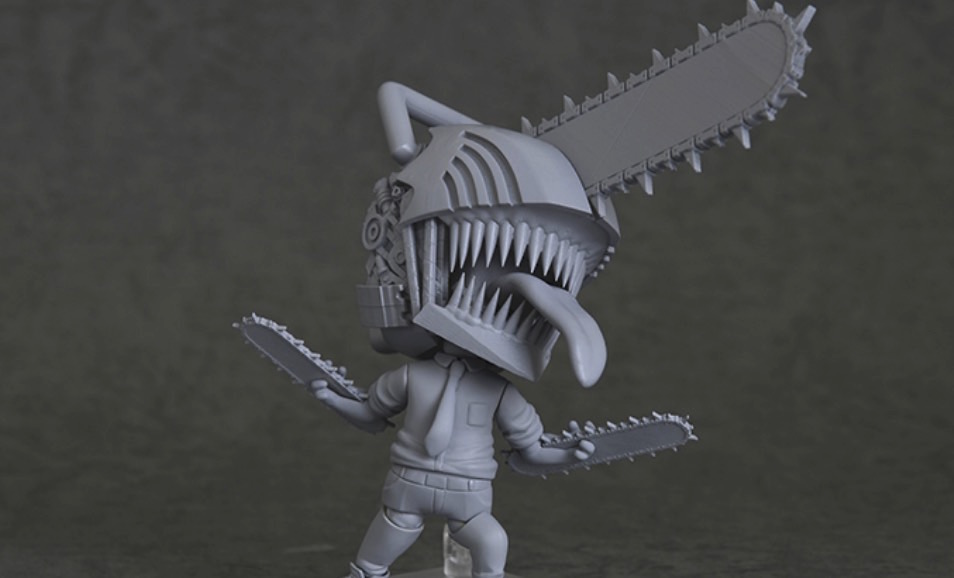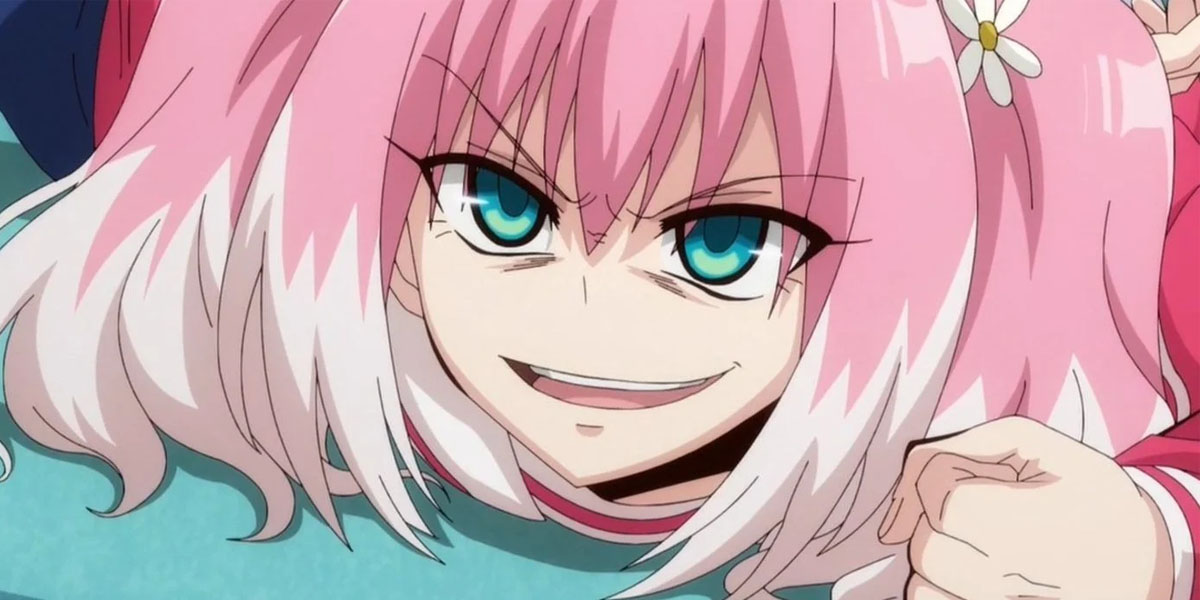#OPINION: The Life and Times of an Indian Otaku
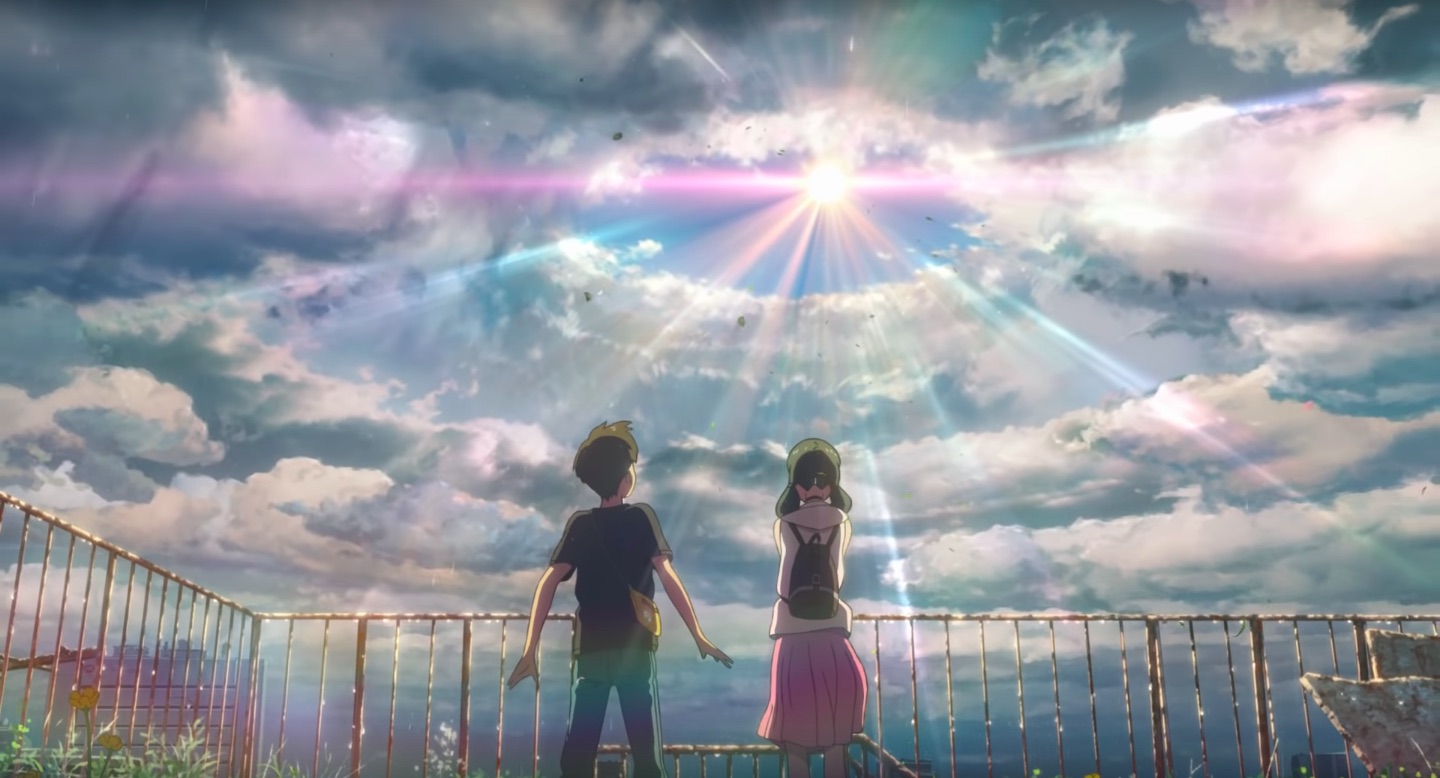
“#OPINION: The Life and Times of an Indian Otaku”

Makoto Shinkai's Weathering With You marked a historic first in my anime watching career. Contrary to popular belief, being the first anime to be released in Indian theaters is not the historic first in question (that honor goes to Shinchan: Bungle in the Jungle). Rather, Weathering With You would become the first film I'd ever watch on opening day — "first day first show" as we Indians call it. In the mad scramble to get tickets, I'd emerged a winner. Was it worth the struggle?
An emphatic yes. It was so good I went on to rewatch it twice.
To fans in India: I’m so happy to tell that ‘Weathering With You’ (Tenki no ko) will release in India this October! We have licensed the Indian distribution rights to PVR Pictures and BookMyShow backed company Vkaao.
— 新海誠 (@shinkaimakoto) August 10, 2019
The Indian theatrical release of Weathering With You in 2019 marked an important moment in the history of the Indian anime fandom. The story of how Shinkai noticed (and fulfilled) an online petition by Indian fans asking for its release here is already the stuff of legend. Because access to anime (especially in theaters) was so scarce in India, even in 2019, fans sought to have the film legally released in theaters. And thanks to Shinkai, it worked. To Indian anime fans, this represented the moment Japan — and the rest of the world — recognized our existence in the fandom. But Indian otakus didn't spring up overnight. Anime has had nearly three decades of history here. It just looks a little different than the rest of the world.
The origins of anime in India go back to the '90s. Prior to the economic reforms of 1991, we had one — yes, only one — TV channel, the state-owned Doordarshan. The post-1991 wave of private TV channels brought with it a flood of international TV shows, among them anime like Robotech (which aired on the newly-created Star Plus). Ramayana: The Legend of Prince Rama, the anime adaptation of the Indian mythological epic of the same name, was released in 1992 and had a long and troubled production history, but the end product was a grand success, with its all-star Hindi cast and catchy songs turning it into a TV fixture for well over a decade. It even received a US release, with Bryan Cranston voicing the lead role. The remainder of the '90s would see various anime achieve varying degrees of success, from Nippon Animation's 1989 adaptation of The Jungle Book — which became a nationwide hit — airing in India starting in 1993, to late-night anime like You're Under Arrest and Gunsmith Cats. Despite this, there wasn't yet an actual fandom surrounding anime at the time. That would all change upon the turn of the century.
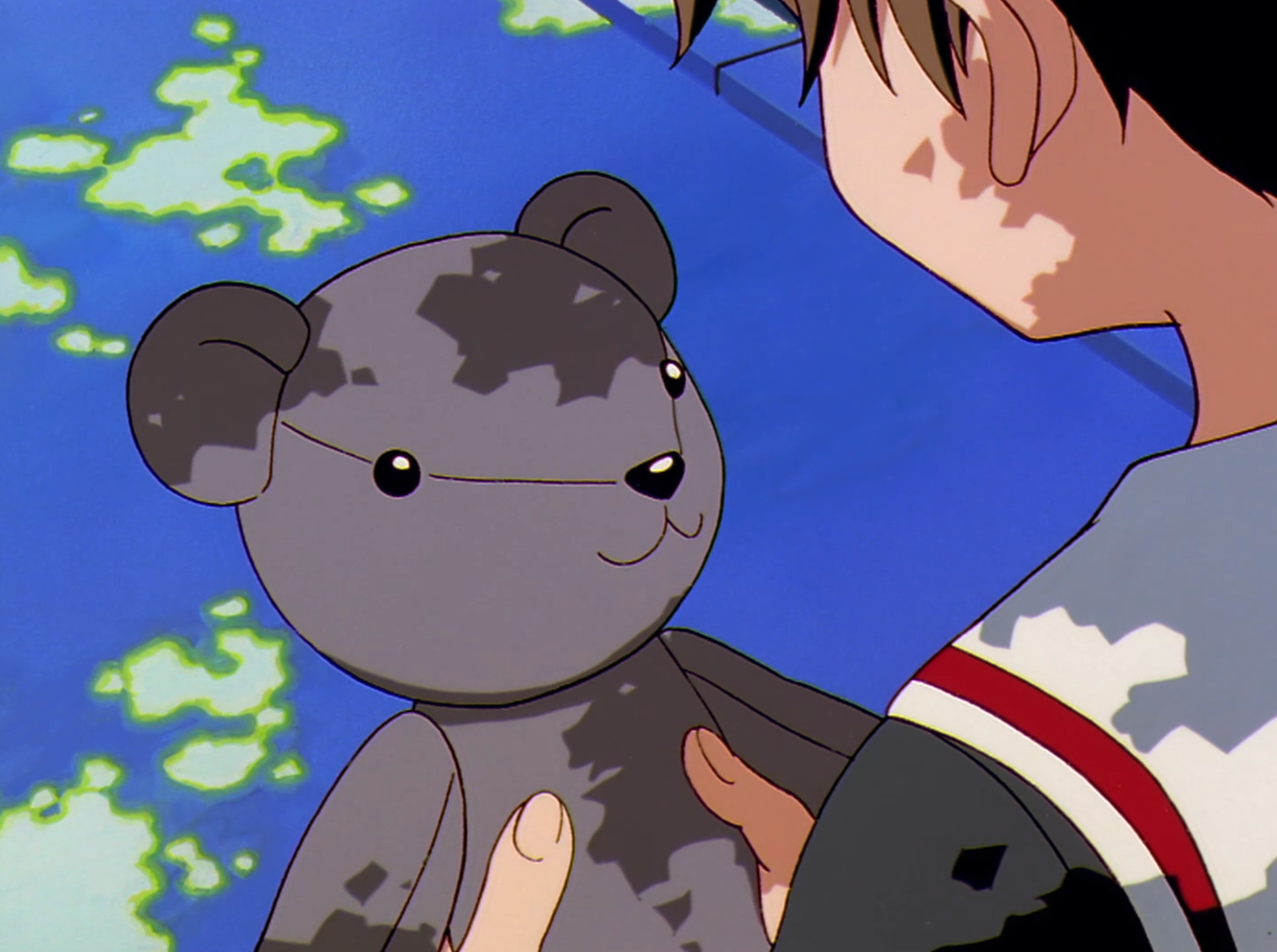
Cartoon Network revolutionized the Indian anime market when the channel arrived in 2001. The launch of dedicated anime programming block Toonami brought with it two anime that would permanently shape the future of the fandom: Dragon Ball Z and Cardcaptor Sakura (albeit in its heavily-edited Cardcaptors form). While I never watched Dragon Ball Z (compared to all my friends at school), I did watch some Cardcaptors with my sister, which would actually be the very first anime I watched.
My own viewing habits notwithstanding, DBZ was very much the anime of the moment. Schoolkids would frequently shout out famous lines from the iconic English dub. We'd even invented various hand games based on attacks and moves from DBZ. In 2003, another monumental shift would come as the childhood classic Pokémon hit the small screen, followed closely by Digimon, Yu-Gi-Oh!, and Beyblade. The merchandise associated with these franchises turned them into smash hits with a younger audience. All the cool kids had Pokemon cards and Beyblade tops. Battling with them at school was the stuff childhood was made of. To this day, these toys continue to sell well. Beyblade tournaments are still very much a thing.
While many of my schoolmates were avid fans of DBZ, there were other trends in anime that could be observed, trends that had to do with language. From my experience, certain anime were only available dubbed in Hindi — a language spoken largely by the northern half of the country. Coming from a south Indian city with a significant north Indian population, I could observe a clear trend wherein Hindi-speaking north Indians grew up with these Hindi-dubbed anime, while people in the south (who spoke other languages) largely grew up with titles that were available in English (or Tamil, as fans of DBZ's Tamil dub can testify). Interestingly, these Hindi dubbed anime tended to be ones that were popular in Japan but not so much in the West — stuff like Doraemon, Shin-Chan, KochiKame, and Case Closed. This gave the north Indian anime scene a rather unique flavor. An even more interesting case is that of India's northeastern region (comprised of states like Nagaland, Manipur, and Meghalaya). Being culturally different from the rest of India, these states have had a history of consuming Korean and Japanese media, and they embraced anime and manga in a way the rest of the nation had not. Anime-related cosplay is huge in the northeast, with some of the best cosplay conventions in the nation taking place there and becoming a part of the local fashion scene. The general acceptance of otaku culture in the region continues to be high.
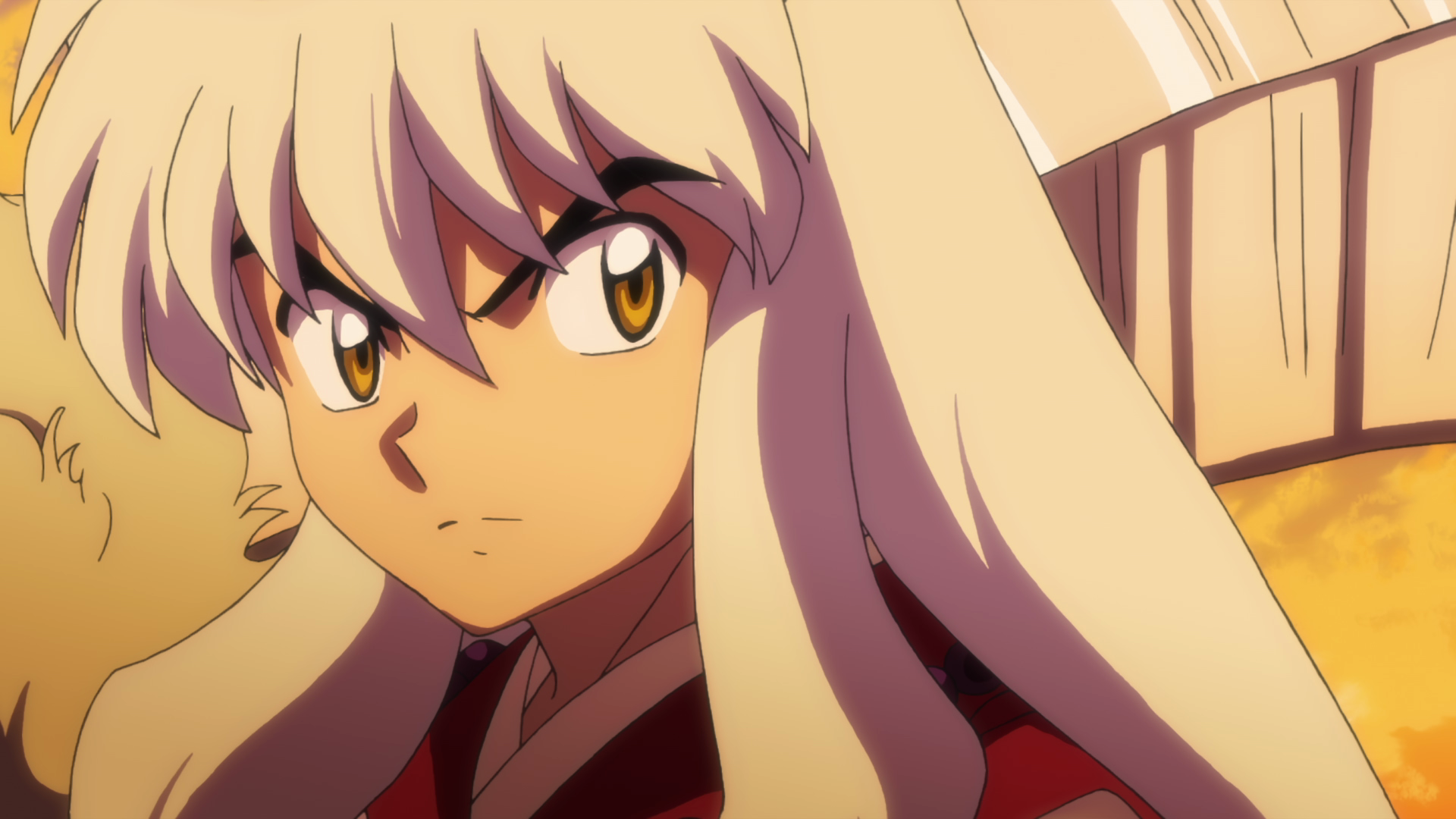
Eventually, anime would become a little more accessible to all. The launch of dedicated channel Animax in 2004 represented another watershed moment in the fandom. The shows Animax brought over were unlike anything we'd seen in the medium. Shows like Bleach, Fullmetal Alchemist: Brotherhood, Inuyasha, and K-On! redefined what anime meant for Indian audiences who had previously seen anime as a childhood interest and no different from other cartoons. As the channel slowly began to shift its focus to the older teen/young adult demographic, more mature anime like Cowboy Bebop, Hell Girl, Akira, and Welcome to the NHK challenged our conservative notions of what was acceptable to air on TV, especially considering these shows aired in daytime slots rather than late-night.
This honeymoon period did not last. Animax was delisted by service providers in 2012. The years to come would be some of the most frustrating for us anime fans, as availability was at its most inconsistent and uncertain. While the channel attempted to make a comeback later on in 2016, it eventually disappeared for good in 2017. Despite all these problems, I look back on Animax fondly. Thanks to it, we became aware of the existence of the entity known as "anime." We began to actively seek out anime over other forms of animation. In short, it resulted in the formation of an actual fandom centered around anime. Anime fan clubs began to pop up in major cities like Mumbai, Delhi, Bangalore, and Kolkata.
Widespread conventions outside of the northeast region came next. Anime Con India was started in 2010, followed closely by Delhi Comic-Con in 2011. Anime conventions in India are a curious thing. They are very unlike the sprawling, sophisticated conventions of the West. The funds simply aren't there for that sort of thing. I don't recall a single Indian anime convention that was attended by a voice actor, animator, or the like. So what are Indian cons about? In an interview with The Citizen, Anime Con India founder Nitesh Rohit talked about his reason for starting the con: "like any other belief and faith they all needed a temple to congregate (at)." This statement really resonates with me, and sums up what Indian cons are about. What they lack in scale and facilities, they make up for in intimacy and a feeling of togetherness. They are more or less small-scale events for anime fans to find other fans, to network with them, and basically feel less alone.
Because feeling alone was part of the original Indian otaku experience. The early fandom was largely an urban phenomenon, as going to cons wasn't an option for everyone and the internet wasn't what it is today. So, you had these disconnected pockets of fans. People around you were unlikely to share your interest in anime and may have even judged you for it. The general consensus in India was (and still is) that animation is a medium for children. And remember, for a long time, anime accessibility varied by region. So, if you were lucky enough to find a kindred otaku, there was no guarantee they were into (or had even heard of) the same titles as you. This meant that we hadn't really had the ability to develop any sort of unique culture or traditions of our own. Things like going to cons, renting anime DVDs, memes and in-jokes — these things didn't exist for the vast majority of early fans who were school-going kids or college students of little means. A culture of our own wouldn't arise until much later — when that generation grew up.
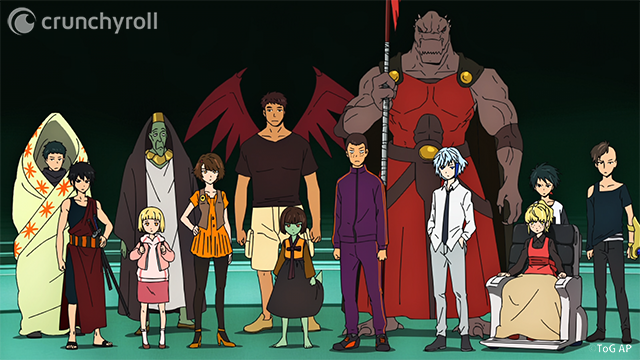
Of course, it wasn't just us who grew up — technology did, too. The internet became more ubiquitous. Social media and forums enabled us to network with each other regardless of location, in ways we'd never have imagined. To the scattered fandom of the early days, this has been nothing short of a blessing.
The other big change ushered in by the internet was the era of streaming. Until then, most of our anime viewing took place on television and as previously stated, was not always very consistent. Accessibility improved greatly with the launch of Netflix in 2016. In today's India, Netflix is a household name, with a significant portion of young adults having access to a subscription. With a catalog of over 200 anime, Netflix has been responsible for pulling in many new fans. Plenty of people "come for the movies, stay for the anime." Series like My Hero Academia, Death Note, and One-Punch Man have become mainstream successes in this fashion, with a significant following even among non-anime fans. Another streaming service that is beginning to make inroads into the Indian market is Crunchyroll, with simulcasts like Boruto and originals like Tower of God, and the fact that it is free makes it accessible to anyone with an internet connection. Most Indian anime fans I know of have heard of Crunchyroll, and as more titles get licensed it is inevitable that its popularity will rise. And us otakus are doing plenty to help it do just that.
The success of Weathering With You is a shining example of the tight-knit nature of the Indian anime fandom. All it took was one person (an anime fan named Divishth Pancholi) to create a Change.org petition asking for its release in Indian theaters. The petition went viral, getting over 50,000 signatures and attracting the attention of Shinkai and the producers, resulting in its release here. Today, that event is seen as a smaller part of a greater Indian anime movement that is pushing for increased availability and acceptance of anime in India. Hashtags like #IndiaWantsAnime frequently make their presence felt on social media. This fandom isn't without its problems — it isn't the most inclusive when it comes to non-male fans, the "animation is for kids" specter hasn't been fully shaken off, and I'd love for anime BluRays/DVDs to be more widely available here. But I am grateful for the fandom's existence for getting me into anime in the first place. Without them, I'd have never been sitting in a movie theater on October 11, 2019, watching Weathering With You.
For forums sites go to Forum.BuradaBiliyorum.Com
If you want to read more anime-manga articles, you can visit our anime-manga category.

